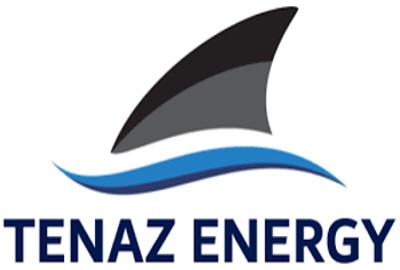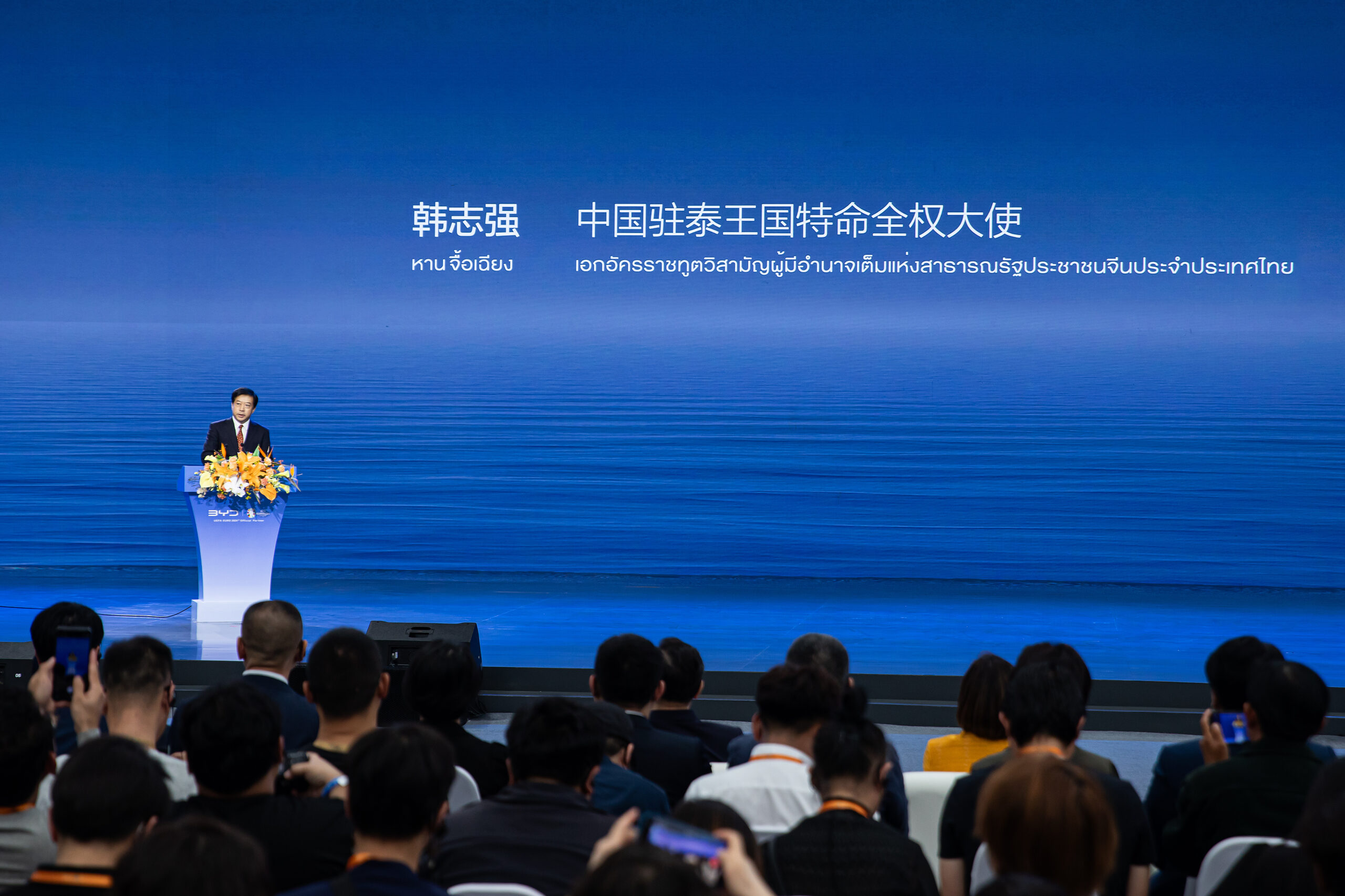Sign up for daily news updates from CleanTechnica on email. Or follow us on Google News!
Reuters is reporting that the claims the EPA is making for its new exhaust emissions rules might be good in theory, but not so good in reality. The reason is that they assume manufacturers will offer more hybrid and plug-in hybrid models that have lower emissions that conventional cars. While they may not be as clean as battery-electric cars, they offer some improvements and that is a good thing. The EPA expects those hybrids and plug-in hybrids to be a bridge between conventional cars and fully electric cars.
The EPA backed off on stricter rules earlier this year at the urging of the auto industry. Instead, it set up special rules for hybrids and plug-in hybrids, which probably explains why Ford and General Motors are now talking about making more of them. The EPA projects that by 2052, the total amount of emissions from automobile and truck tailpipes will be almost the same as they would have been if the stricter rules it proposed for 2027 went into effect. Its reasoning goes like this. The transition to electric cars may have slowed a bit (maybe, and then again, maybe not), but will pick up steam in a few years, primarily because of the increase in charging infrastructure resulting from President Biden’s policy initiatives.
If you consider the lower emissions that will occur after 2032 when the tougher rules finally kick in and give full credit to the expected increase in hybrids and plug-in hybrids between 2027 and 2032, there is hardly any difference overall — that is if you turn around three times while touching your nose. Reuters thinks all that happy talk is misleading for one primary reason. In the real world, lots of plug-in hybrid drivers never actually bother to plug their vehicles in. The EPA estimates emissions from plug-in hybrids are 25 to 75% lower than they really are, depending on the vehicle’s battery range, according to data from researchers and California regulators. The problem is the EPA formula assumes drivers charge their cars more and use their combustion engines less than most people do in reality. “Unfortunately, none of those things appear to be true in the real world,” said Aaron Isenstadt, a senior researcher at the International Council on Clean Transportation.
The Word “Assume”
In its original proposal, the EPA called for replacing the 14-year-old formula for plug-in-hybrid emissions with a measure “determined from real world data” on charging, but it decided under pressure from automakers to keep it the way it was until 2031. Some automakers argued a more restrictive formula would stifle plug-in innovation, although BYD seems to be having no problem innovating its plug-in hybrid technology.
The EPA said in a statement to Reuters the new rules provide “significant” pollution reductions that are “achievable and affordable” for automakers and give consumers wide-ranging options. It also said it delayed changing the hybrid formula because of “extensive public comment” from automakers and others, and to allow manufacturers with an “appropriate lead time” for developing cleaner vehicles.
Environmental advocates have expressed concerns that Detroit automakers, which depend on truck and SUV sales, will respond to the watered down EPA regulations with plug-in versions of popular combustion engine models that are only marginally more efficient, but the EPA claims its rules will not promote inefficient plug-ins because automakers would have to offset them with more efficient vehicles.
Jeep Benefits Most From EPA Rules
Stellantis may see the biggest benefit from the hybrid friendly rules because it sells some of the most polluting vehicles in America, but also has a range of plug-in hybrids, including 4xe versions of its Jeep Wrangler and Grand Cherokee. The company said in a statement that its 4xe models offer lower emissions for customers wanting a powerful off-road vehicle. That’s all well and good, but when the gasoline engine is pressed into service, the Wrangler barely manages 20 mpg, which is one mile per gallon less than the conventional Wrangler, probably due to the extra weight of the battery and electric motor. The EPA formula gives Stellantis a reduction of about 40% in estimated pollution for a plug-in Wrangler, compared to its emissions while using gasoline, but that depends on how much of the time it is driving on electrons instead of molecules. In real-world driving, that bias toward electrons may be far greater than is justified by actual experience.
Reuters did something unusual. It visited some online Jeep forums and found some owners who said they don’t regularly charge their vehicles because they bought them for the 375 horsepower and 470 pound-feet of torque, not their energy efficiency. One reddit user admitted it was his Wrangler’s torque and speed he loved the most, not waiting for it to charge up.
Jeep tries to soothe any charging anxiety its owners may suffer.”Do I need to charge my 4xe vehicle every night?” it asks in a FAQ section of its website. “No! You only need to charge your 4xe vehicle when you want to.” Stellantis said the feedback it gets from customer shows most of them charge regularly. It also offers an “Eco Coaching” app to help owners drive efficiently, but doesn’t say how many owners make use of that app function.
In January, shortly before the EPA announced the new rules, General Motors said that it planned to build plug-in hybrids for North America after previously claiming all hybrids were a distraction from EVs. No doubt, it knew what the EPA was going to do before it made that announcement. GM said it expects plug-in hybrids to grow from a “small niche” into a bigger opportunity over the next three years. Ford has recently seen surging sales of traditional hybrids, including pickups, and sells a plug-in Escape SUV. It said its hybrid strategy predates the EPA decision.
Politics & The EPA
Originally, the EPA proposal for tougher exhaust emission rules assumed that electric cars would have a 67% market share by 2032, but under the final rules, the EPA projects slower adoption resulting in somewhere between 35 and 56% EVs by 2032. That flexibility is designed to allow automakers to build more hybrid and plug-in hybrid models along with other technologies. Backing off from its original proposal came from political pressure. President Biden is up for re-election in November. Both he and his opponent will need to win Michigan, an auto industry hub and a critical election battleground. Trump trashes EVs as a job killer, Reuters says.
Even though the EPA standards will be less strict than proposed, they do require substantial reductions compared to the rules they replace. The agency told Reuters the differences between pollution allowed in its original proposal and final rule will become smaller over time, once the strictest standards are in place. When projected through 2055, the final rule would achieve 94% of the carbon emission reductions predicted in its original proposal.
But it remains unclear whether the toughest restrictions, which don’t take effect until after 2030, will survive in future administrations. Reuters notes that US automakers have a long history of lobbying to delay strict regulations for years and then working to reverse them if there is a change in who holds the Oval Office as happened in the transition from Obama to Trump. Detroit automakers agreed to support stricter emissions standards in 2011 after talks with the Obama administration but convinced the new administration to weaken them before the toughest provisions took effect.
When it comes to politics, assume nothing. General Motors pledged to build more efficient cars for Americans in order to get a government bailout in 2011, then stopped making economical small cars altogether as soon as the door closed on the Obama administration. It then pivoted to making flotillas of ever larger pickup trucks and SUVs instead. Don’t think they won’t do so again if the opportunity arises.
In the final analysis, the only thing that is going to significantly lower emissions from the transportation sector in America is a wholesale change to electric cars. That transition may seem to have slowed, but we at CleanTechnica believe it is just gathering strength for its next surge. That’s our story and we’re sticking to it.
Have a tip for CleanTechnica? Want to advertise? Want to suggest a guest for our CleanTech Talk podcast? Contact us here.
Latest CleanTechnica.TV Videos
CleanTechnica uses affiliate links. See our policy here.





